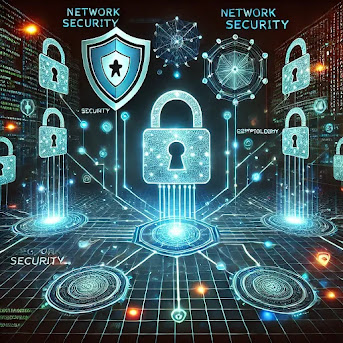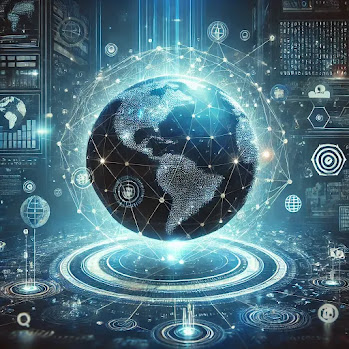Network topology refers to the arrangement of elements (nodes and connections) in a computer network. It determines how devices communicate and interact. Understanding network topology is crucial for efficient network design, troubleshooting, and performance optimization.
Common Types of Network Topologies:
Star Topology:
- Description: All devices are connected to a central hub or switch. The hub acts as the central point for data transmission.
- Advantages:
- Easy to set up and manage.
- Faults in one device do not affect others.
- Disadvantages:
- Central hub failure disrupts the entire network.
- Increased cost due to the hub.
Bus Topology:
- Description: All devices are connected to a single central cable (the bus). Data travels along this cable.
- Advantages:
- Cost-effective and simple to implement.
- Disadvantages:
- A single cable failure halts the network.
- Performance issues with high traffic.
Ring Topology:
- Description: Devices are connected in a circular pattern. Data travels in one direction around the ring.
- Advantages:
- Easy to identify and isolate faults.
- Disadvantages:
- Failure in one device disrupts the entire network.
- Limited scalability.
Mesh Topology:
- Description: Every device is connected to every other device, providing multiple paths for data.
- Advantages:
- High reliability and fault tolerance.
- Optimal performance due to multiple routes.
- Disadvantages:
- Complex and costly to implement.
Hybrid Topology:
- Description: A combination of two or more basic topologies (e.g., star-bus or star-ring).
- Advantages:
- Flexible and scalable.
- Can leverage the strengths of different topologies.
- Disadvantages:
- Higher cost and complexity.
Factors to Consider When Choosing a Topology:
- Network size and scalability requirements.
- Cost of implementation and maintenance.
- Reliability and fault tolerance.
- Performance and traffic handling.
Proper network topology selection can enhance communication efficiency, reduce costs, and improve fault tolerance.
See more Info : network.sciencefather.com
Nomination: https://networking-events.sciencefather.com/award-nomination/?ecategory=Awards&rcategory=Awardee
#ScienceFather #Researcher #ResearchScientist #Speaker #Networkingevents #NetworkSecurity #NetworkTopology #StarTopology #BusTopology #RingTopology #MeshTopology #HybridTopology #NetworkDesign #NetworkStructure #ComputerNetworks #DataCommunication #NetworkEfficiency #ITInfrastructure #Technology #FaultTolerance #Scalability #NetworkOptimization #LAN #WAN #DataFlow #TechSolutions #SystemDesign #NetworkSetup #NetworkingTips #Connectivity #Performance #Reliability



,%20featuring%20a%20glowing%20shield%20symbol%20with%20a%20lock%20in%20the%20center,%20surrounded%20by%20connected%20dev.webp)








